The Butterflies of the World Foundation
A Non-
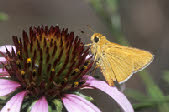
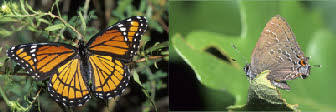
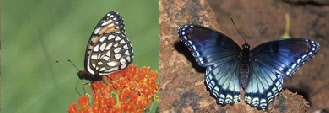
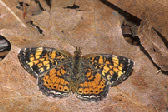
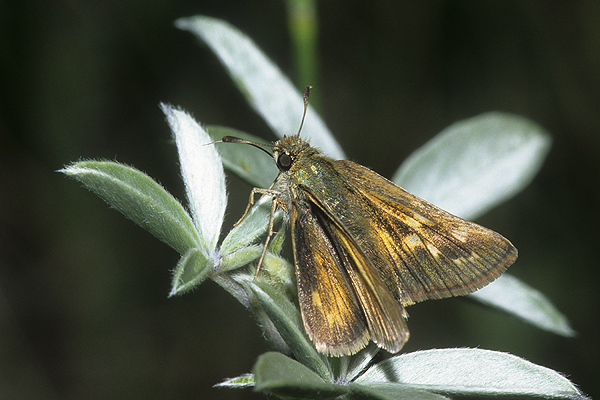
Dakota Skipper
Hesperia dacotae, Skinner, 1911
Subfamily Hesperiinae
Tribe Hesperiini
Taxonomy
The family Hesperiidae includes all butterflies that are collectively called skippers because of their fast skipping flight. This family is the sole member of the Superfamily Hesperioidea. Whereas, the other five families of butterflies belong to the Superfamily Papilionoidea. So, skippers are considered butterflies, but they have a few traits different than the species of “True” butterflies found in the Superfamily Papilionoidea. Some of these traits include large eyes, short antennae (often with hooked clubs) and stout bodies. Most also have a very rapid flight with a fast, almost blurred, wing beat. There are about 3,500 species of skippers and they’re further divided into seven subfamilies. They occur worldwide with more found in the tropics. Most species are brown or tan, but some tropical members can be quite colorful.
All photographs, artwork, text and website design are the property of The Butterflies of the World Foundation (unless otherwise stated) and are protected under national and international copyright laws. Photographs, artwork or text on this website may not be reproduced in any way without prior written consent of The Butterflies of the World Foundation.
Hesperia dacotae, near Mt. Carmel Camp, McHenry County, North Dakota, 16 July 2004
Ref
#: I-
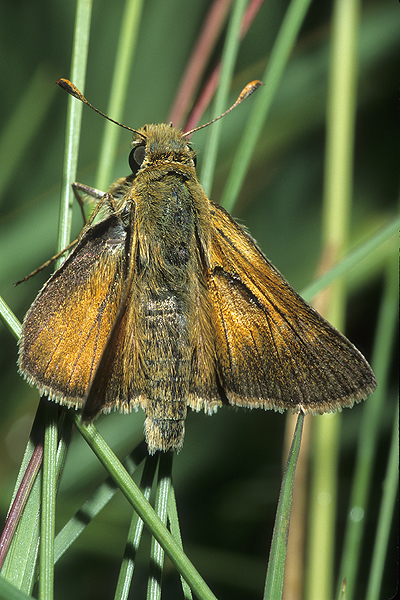
Hesperia dacotae, near Mt. Carmel Camp, McHenry County, North Dakota, 12 July 2002
Ref #: I-
General Information:
Hesperia dacotae belongs to the subfamily Hesperiinae. This rare and vanishing species
is found from southern Manitoba and western North Dakota to western Minnesota and
south to northwest Iowa. Its preferred habitat includes rolling hills of native
tall-
Lifecycle:
The larval food source includes various grasses such as little bluestem, Andropogon
scoparius, bluegrass, Poa pratensis, and panic grass, Panicum sp. Mating occurs
on the first day of emergence, with males perching on low vegetation to watch for
receptive females. Eggs are laid singly on broad-